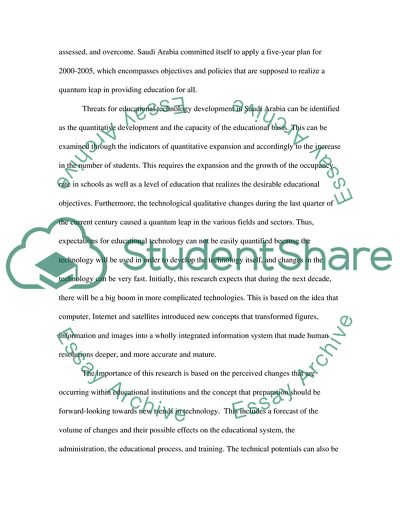Cite this document
(Education and Technology in Practice in the East Research Proposal, n.d.)
Education and Technology in Practice in the East Research Proposal. https://studentshare.org/education/1705574-education-and-technology-in-practice
Education and Technology in Practice in the East Research Proposal. https://studentshare.org/education/1705574-education-and-technology-in-practice
(Education and Technology in Practice in the East Research Proposal)
Education and Technology in Practice in the East Research Proposal. https://studentshare.org/education/1705574-education-and-technology-in-practice.
Education and Technology in Practice in the East Research Proposal. https://studentshare.org/education/1705574-education-and-technology-in-practice.
“Education and Technology in Practice in the East Research Proposal”. https://studentshare.org/education/1705574-education-and-technology-in-practice.


